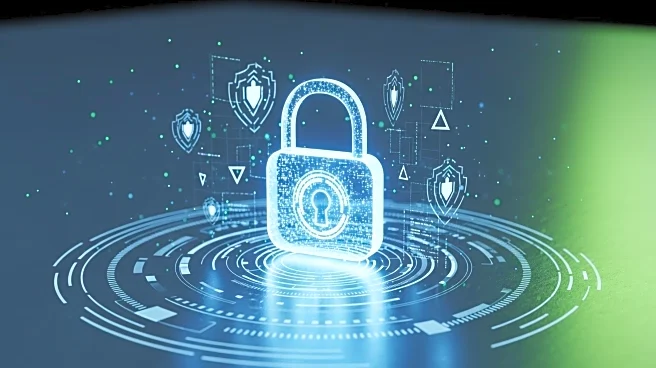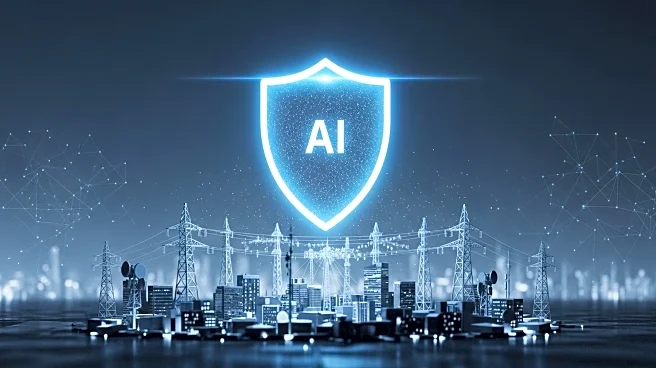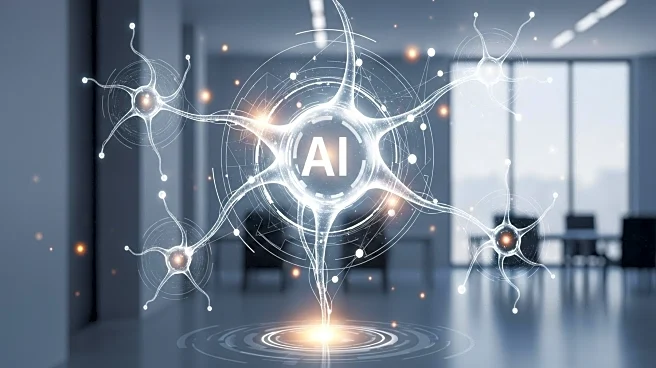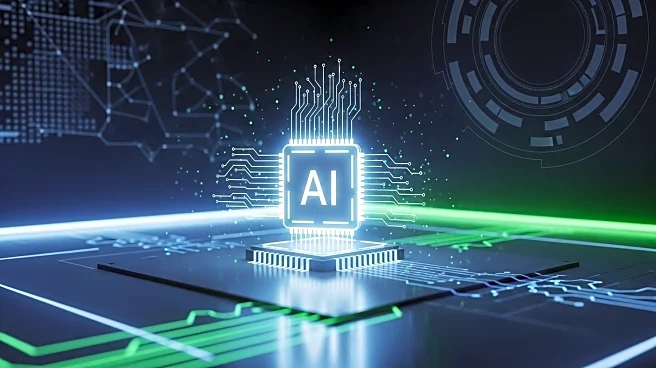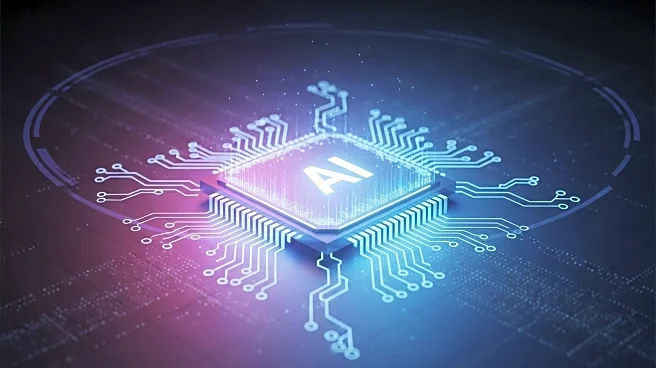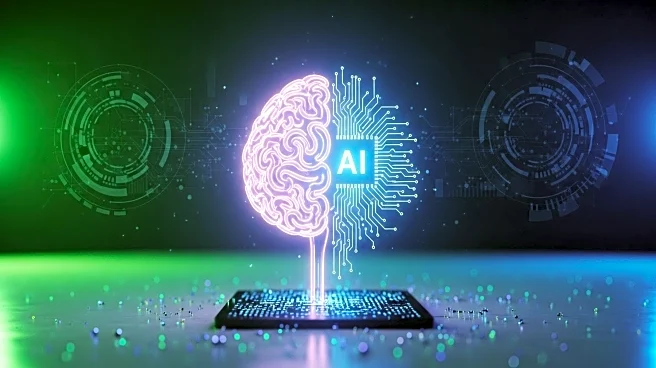What's Happening?
The AI Cybersecurity Challenge (AIxCC), sponsored by DARPA and ARPA-H, has demonstrated the potential of generative AI in autonomously discovering and patching zero-day vulnerabilities in critical infrastructure. The competition's winners showcased AI systems capable of identifying and addressing flaws in real-world code, highlighting the transformative impact of AI on cybersecurity. As these models move towards open-source availability, the implications for defenders, attackers, and policymakers are significant. The commercialization of AI-powered vulnerability scanning tools could lead to self-healing infrastructure, reducing the burden on human cybersecurity professionals.
Why It's Important?
The ability of AI to autonomously discover and patch vulnerabilities represents a major advancement in cybersecurity. This technology can enhance the security of critical infrastructure by reducing the reliance on human intervention and accelerating threat response times. The potential for self-healing infrastructure could revolutionize the way vulnerabilities are managed, improving resilience and reducing downtime. As AI models become more accessible, organizations must adapt their cybersecurity strategies to leverage these tools effectively. The shift towards AI-driven vulnerability management could also impact regulatory frameworks and industry standards.
What's Next?
The commercialization of generative AI-powered vulnerability scanning tools is on the horizon, with potential applications in various industries. Organizations should prepare for the integration of these tools by investing in AI training and infrastructure. Policymakers may need to update regulations to address the unique challenges posed by AI-driven cybersecurity solutions. Collaboration between industry leaders, researchers, and government agencies will be crucial in developing best practices and standards for AI-powered vulnerability management. As AI technology continues to evolve, ongoing research and innovation will be essential to address emerging threats and opportunities.

